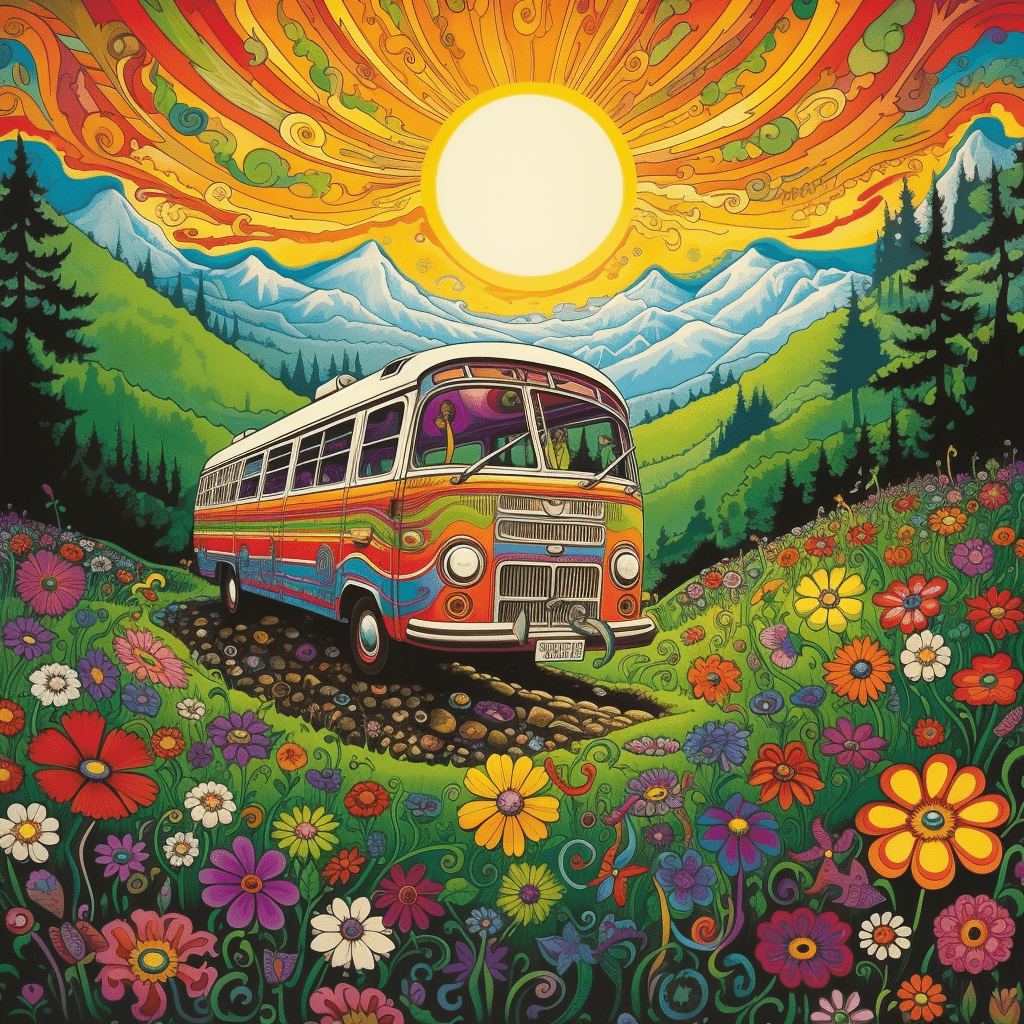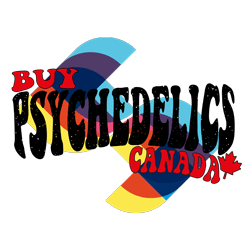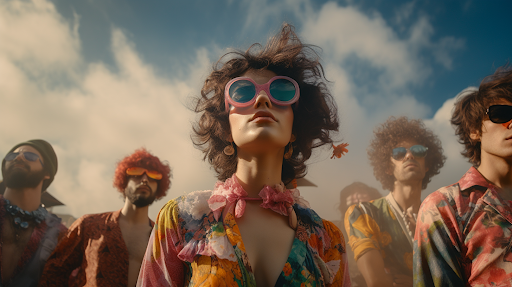Psychedelics
The Cultural Impact of LSD During the 1960s
The 1960s was a transformative era in American history, marked by profound cultural, social, and political changes. Few elements of this decade had a more controversial and far-reaching cultural impact than the rise of psychedelic drugs such as LSD, or lysergic acid diethylamide, a powerful hallucinogenic drug. In this article, we delve into the cultural impact of LSD during the 1960s, exploring its effects, the psychedelic experience, and its role in shaping a countercultural movement that influenced art, music, and the collective consciousness of the time.
The Birth of Psychedelic Culture
The term “psychedelic” was coined by British psychiatrist Humphry Osmond in 1957 to describe the profound mind-altering effects of substances like LSD. Users reported vivid visual hallucinations, an enhanced sense of interconnectedness with the universe, mystical experiences, and profound introspection. These experiences often led to a quest for deeper self-understanding, spiritual insight, and expanded consciousness.
Then came the rise of LSD. LSD, a synthetic compound derived from ergot fungus, was first synthesized by Swiss chemist Albert Hofmann in 1938. It wasn’t until the 1960s that this chemical substance took center stage in cultural discourse. Initially, LSD was explored for its potential in psychiatric and therapeutic applications, a research avenue that intrigued pioneers in the field and that has continued to be used to treat mental illnesses today.
San Francisco, particularly the Haight-Ashbury district, emerged as the epicenter of the countercultural movement. It became a haven for young people seeking a different way of life, driven by a yearning for social and political change. LSD was an integral part of this scene, and San Francisco became a gathering place for free-thinking individuals.
Key Figures in 1960s LSD Counterculture
The 1960s LSD movement was marked by the influence of several key figures who played pivotal roles in shaping the cultural and philosophical landscape of the time. These individuals were instrumental in popularizing LSD and other psychedelics, and their work had a lasting impact on the counterculture and beyond.
Aldous Huxley
Aldous Huxley, the renowned English writer, was a prominent advocate for the use of psychedelics, including LSD. His book “The Doors of Perception,” published in 1954, explored his own experiences with mescaline, a naturally occurring psychedelic. Huxley’s work laid the groundwork for the cultural exploration of altered states of consciousness.
Alan Watts
Alan Watts was a British-born philosopher, writer, and speaker who introduced Western audiences to Eastern philosophy and spirituality. He explored the intersections between LSD and mystical experiences, emphasizing the potential of psychedelics to provide insights into the nature of consciousness and existence.
Ram Dass (Dr. Richard Alpert)
Ram Dass, formerly known as Dr. Richard Alpert, was a Harvard psychology professor who conducted early research on the effects of psychedelics. After experiencing a profound transformation through LSD and spiritual exploration, he became an advocate for the use of psychedelics as tools for personal growth and spiritual awakening.
James Fadiman
James Fadiman is a psychologist and writer who conducted extensive research on psychedelics, including LSD. He is known for his work on microdosing, which involves taking small, sub-perceptual doses of psychedelics to enhance creativity, focus, and overall well-being.
Carlos Castaneda
Carlos Castaneda was an author and anthropologist whose work focused on his experiences with the Yaqui shaman Don Juan Matus in Mexico. Castaneda’s writings, particularly “The Teachings of Don Juan,” explored the use of psychedelic plants, such as peyote and psilocybin mushrooms, in shamanic practices.
The Summer of Love

In 1967, the “Summer of Love” captured the essence of the counterculture. This movement featured mass gatherings, communal living, and a spirit of unity and non-conformity. Keywords like “love,” “peace,” and “harmony” became synonymous with the counterculture and were often associated with the use of LSD.
LSD and Music
Music played a monumental role in the cultural impact of LSD during the 1960s. It is impossible to discuss this era without recognizing the profound influence of psychedelic music. Bands like The Beatles, The Grateful Dead, and Jefferson Airplane incorporated psychedelic elements into their music, creating a soundscape that mirrored the LSD experience.
The 1967 Monterey Pop Festival showcased the transformative power of music and psychedelics. It featured performances from legendary artists, including Jimi Hendrix, Janis Joplin, and The Who, setting the stage for the iconic Woodstock festival.
Woodstock: The Culmination of the Counterculture
The Woodstock Music & Art Fair of 1969 stands as a defining moment in the cultural history of the 1960s. Often remembered as a symbol of peace, love, and music, Woodstock brought together hundreds of thousands of people for a three-day music festival. This event featured some of the most iconic musical acts of the era, and many attendees reported that LSD enhanced their experience of the festival.
Artistic Expression and LSD
LSD’s influence extended beyond music. The visual arts were profoundly impacted by the psychedelic experience. Artists like Alex Grey, known for his intricate, spiritual, and cosmic paintings, were inspired by their own LSD experiences. The swirling, colorful designs that defined the 1960s were a reflection of the hallucinatory visuals experienced during an LSD trip.
The Acid Tests and Ken Kesey
Author Ken Kesey and his group of Merry Pranksters organized a series of gatherings known as the “Acid Tests” in the mid-1960s. These events combined live music, light shows, and, most notably, LSD. Participants were encouraged to take LSD and explore the boundaries of consciousness together. The acid tests were crucial in shaping the counterculture and cementing the association between LSD and collective experience.
Explore different psychedelics
The Legal Crackdown
The widespread use of LSD during the 1960s drew the attention of authorities and sparked growing concerns about the potential risks associated with the drug. In 1965, California became the first state to criminalize the possession of LSD, making it an illegal drug and setting the stage for a broader legal crackdown. By the late 1960s, the federal government classified LSD as a Schedule I substance, making it illegal for all uses, including research and therapy.
The End of an Era
As the 1960s came to a close, the counterculture’s fervor began to wane. Public opinion about the dangers of LSD and other psychedelics grew, partially due to negative media portrayals and concerns about the potential for abuse. The Manson Family murders, involving individuals associated with the counterculture, further contributed to a negative perception of the era.
The disillusionment stemming from unmet expectations of revolution and lasting change led to the eventual decline of the counterculture movement. Many of the influential figures of the time, such as Timothy Leary and Ken Kesey, faced legal troubles, which also impacted the movement’s trajectory.
The Legacy of LSD and the 1960s Counterculture
The cultural impact of LSD during the 1960s remains a subject of debate and fascination. While the counterculture’s heyday was relatively short-lived, the era left a lasting mark on society. It challenged conventional norms, fueled artistic creativity, and encouraged a generation to question authority and strive for social and political change.
LSD’s legacy extends beyond the ’60s. In the decades that followed, researchers have revisited its therapeutic potential, with renewed interest in its potential to treat mental health conditions such as depression and PTSD. As a result, there is a growing movement to reevaluate the legal status of psychedelics for medical and therapeutic purposes.
Buy Psychedelics Online
The days of the counterculture of the 1960s might be gone, but LSD is on the rise again thanks to its therapeutic benefits. Buy Psychedelics Canada sources high-quality psychedelic products to meet all your hallucinogenic needs. From LSD to DMT and magic mushrooms, our products come in a wide range of forms. If you’re looking for a one-stop shop for all your recreational psychedelic needs, we’ve got you covered.

